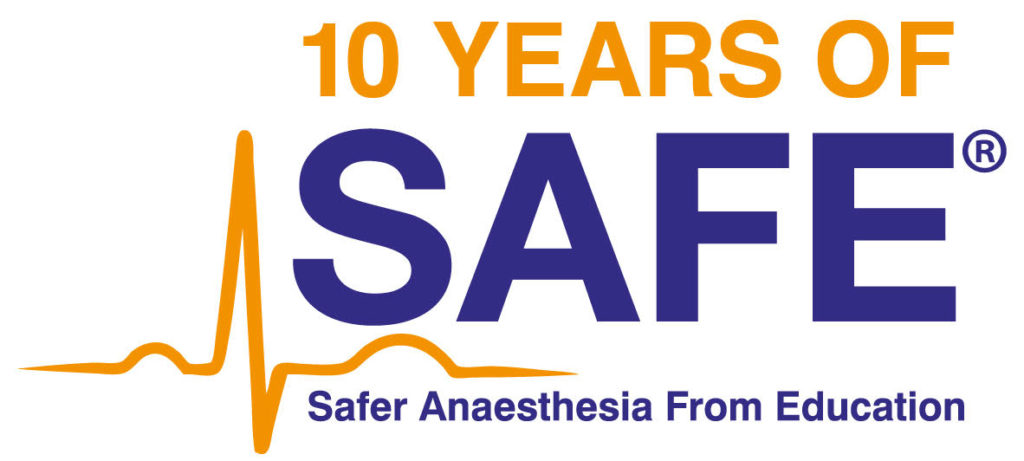Dr Amir Shrestha explains why following SAFE training in Bangladesh, he wanted to help his Nepalese colleagues access specialist obstetric anaesthesia training.
I am very proud and feel privileged to celebrate the 10th anniversary of SAFE course this year. I’ve been involved in SAFE since May 2017 when I participated in SAFE Obstetrics and Training of Trainers (ToT) courses in Bangladesh.

In Nepal, there were around 200 physician anaesthesiologists and 100 anaesthesia assistants serving a population of 30 million. With 148 maternal deaths per 100,000 births, Nepal has one of the highest maternal mortality rates in the world.
A lack of trained anaesthesia professionals is a major impediment to the provision of obstetric care with a lot of hospitals lacking access to physician anaesthesiologists.
Against this backdrop, specialized obstetric anaesthesia courses such as SAFE are keenly sought after by Nepal’s anaesthesia community.

We ran the first SAFE Obstetric course in July 2017, with 24 anaesthesia assistants and 8 physician anaesthesiologists. At the same time, we have provided ToT for 8 potential physician anaesthesiologists. There were 5 trainers from the UK, 1 from Bangladesh and 2 from Nepal.
WFSA provided financial and logistic support in collaboration with local partners, NSI Nick Simons Institute, NHTC National Health Training Centre and the PMWH Paropakar Maternity and Women’s Hospital. The first course was very successful. The feedback from participants was so positive that we realised we needed to provide more training opportunities.
A second course in January 2018 was run by 7 Nepalese, 1 Nepal-based Australian and 1 UK trainers. There were 16 anaesthesia assistants and 7 anaesthesiologists. 8 participants also undertook the Training of Trainers Programme, providing them with the skills and plans to conduct their own SAFE obstetric training courses.
The feedback and response to these courses have evidenced just how popular these courses are and shown the level of demand there is in Nepal for more anaesthesia training opportunities.

The SAFE course is a common platform for sharing the knowledge, experiences, challenges and solutions among the participants from all over the country, especially from low and limited resource districts.
Feedback from the trainees was very encouraging and one can really feel their enthusiasm for the course and safer obstetric anaesthesia. One of the attractions of our courses in Nepal was an essay competition based on their clinical practice experiences. It seems that all are heroes of the obstetric anaesthesia provider. They saved the lives of hundreds of Nepali mothers and neonates.
The best part of course design is its follow up mechanism which we do by on-site visits, interviews, tests and hands-on observation. Most of the course is now conducted by native trainers and is a much-valued continued professional development resource for the anaesthesia providers.
Dr. Amir Babu Shrestha, SAFE Obs course Director and Trainer, Nepal.
Further resources
Safer Anaesthesia From Education (SAFE) information page
SAFE Paediatric & Obstetric Anaesthesia Pocket Handbook
‘I have watched SAFE grow and grown with it’ – Dr. Mary T. Nabukenya, Uganda.
‘I find myself learning something new with every course’ Dr Ann Lee Clover , South Africa
SAFE Obstetrics in Papua New Guinea Terry Loughnan, Australia,






